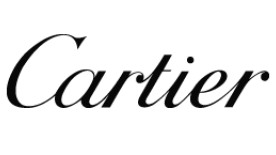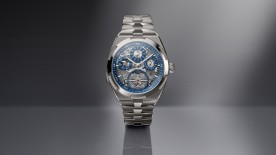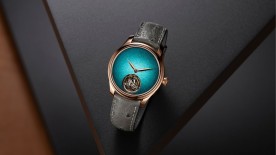It gets complicated
Growing interest in watches from women led to growing interest in something other than a quartz movement. Brands increasingly began to see that the appealing qualities of a watch went beyond aesthetics to include the inner mechanism. Frederique Constant had caught on to that early in the mid-1990s with the release of the Heart Beat, an accessibly priced watch with a heart-shaped dial opening revealing the movement inside. Breguet’s Reine de Naples collection has housed numerous complications over the years within its oblong-shaped case, from moon phase with day and night indicator to a striking hour mechanism. Several other watchmaking brands established themselves by not only highlighting the mechanics in ladies’ watches but also creating complications in their dedicated models. Patek Philippe has perhaps the largest offering when it comes to complications in ladies’ timepieces. An Annual Calendar with moon phases was introduced in 2005, the Ladies First Chronograph in 2009, followed by a split-seconds chronograph in 2011, and a perpetual calendar (the world’s thinnest at the time!) in 2012. The Ladies First Chronograph was also revamped, like the Twenty~4, from a cushion-shaped case with diamond-set dial to a round diamond-set case. In the case of the Ladies First Chronograph initially introduced in 2009, Patek Philippe took the opportunity of launching its CH 29-535 PS in-house movement after five years of development and showcased it in a ladies’ timepiece, thereby anchoring its commitment to women’s watches for any who might have doubted it. Coming from a leader in watchmaking like Patek Philippe, that was a signal that perhaps women weren’t disinterested in mechanical and complicated watches, but simply didn’t have the right pieces created with them in mind.
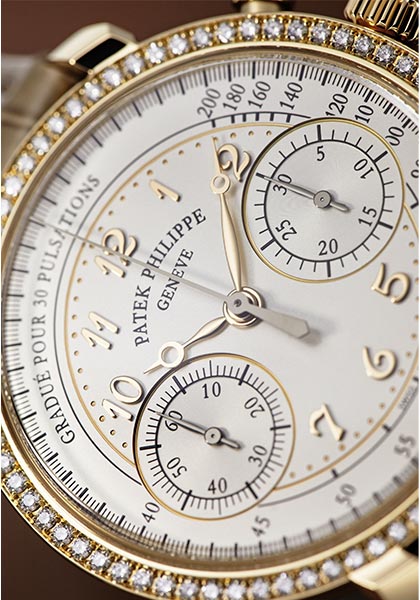
Another leader in complications for women is undoubtedly Van Cleef & Arpels, which introduced the Lady Arpels Centenaire in 2006, serving as the launchpad for the brand’s Poetic Complications collection. Inspired by nature’s romanticism and storytelling, Van Cleef & Arpels approached complications in (primarily) ladies’ watches with a certain sense of wonder, combining mechanics with traditional enamel work in pieces full of colour and passion.
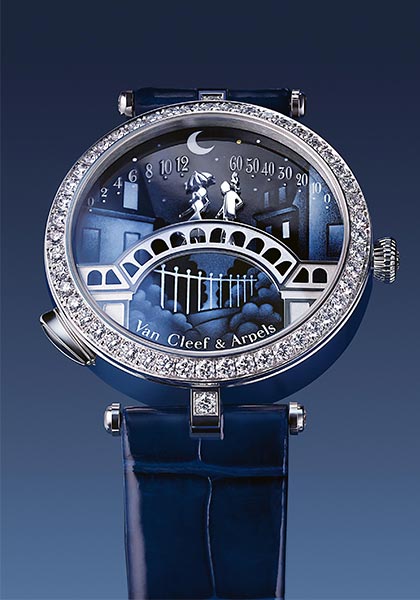
Following the Centenaire, Van Cleef & Arpels continued presenting complications with watches such as the Journée à Paris in 2009, the Pont des Amoureux in 2010, Poetic Wish in 2012 and the Lady Arpels Ballerine Enchantée in 2013, which won the GPHG prize in the Ladies’ Complications category (a new category introduced that same year, showing increased recognition of complications in women’s watches).
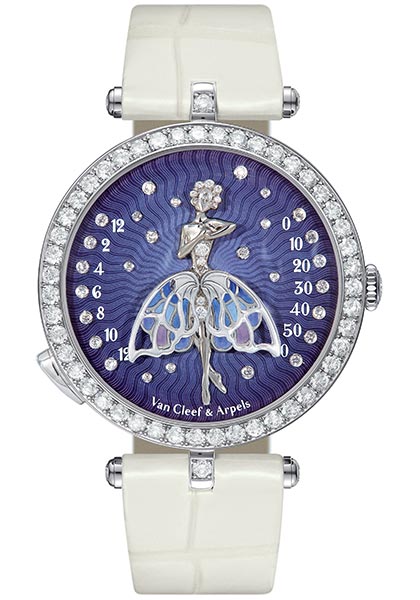
Even independent watchmakers focused on ladies’ complications: Christophe Claret introduced its Margot in 2014; Fabergé won the GPHG Ladies’ Complications prize in 2015 with its Lady Compliquée Peacock; and MB&F wowed the industry in 2019 with the Legacy Machine FlyingT, its first women’s watch. Maximilian Büsser, MB&F’s founder, took the stage at the GPHG that year to accept the Ladies’ Complications prize for the FlyingT, a watch equipped with a domed sapphire crystal over the automatic flying tourbillon stacked in the centre of the dial. In his speech, he spoke of simply attempting to design for the women in his life – women who showed resilience, elegance and complexity deserving of an equally complicated watch
More to offer
Women’s watches in the first 10 years of the 21st century really built a steady foundation for brands to explore this realm more creatively than ever before. After gradual initial growth, it is now in a stage of expansion. And that’s bound to continue. “Frankly, the women’s market has the largest room to grow and I think it will do so more efficiently in the future,” says Laurent Picciotto, renowned retailer behind the boutique Chronopassion in Paris, France. “This is simply because of the way women perceive jewellery, continuing to advocate for watches like they do with jewellery. I see more men with Apple watches than I do women.” And the watch industry, at large, has started to reflect that shift. In 2018, Piaget introduced the Possession collection, inspired by its bestselling jewellery line and featuring a rotating ring on the case. At the same time, Hermès released the Galop d’Hermès at the Salon International de la Haute Horlogerie, featuring a case shaped like an equestrian tack and designed by designer Ini Archibong, who at the time spoke of wanting to create a dynamic watch for “a woman on the move.”
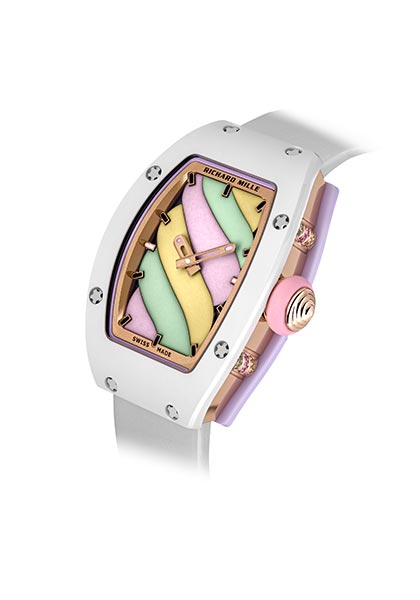
The following year, Richard Mille, king of large tonneau-shaped sports watches, released the Bonbon collection for ladies, comprising 10 models, each inspired by the delectable world of candy and fruits and radically changing preconceived notions of Richard Mille’s expertise. Cartier released the Révélation d’une Panthère in 2018, a watch that, when tilted, revealed the face of a panther as gold beads travelled down the dial, only a year after it revamped its Panthère de Cartier collection. And when the J12 celebrated its 20th anniversary in 2020, Chanel marked the occasion with a radically rethought J12 Paradoxe and Paradoxe Diamonds.
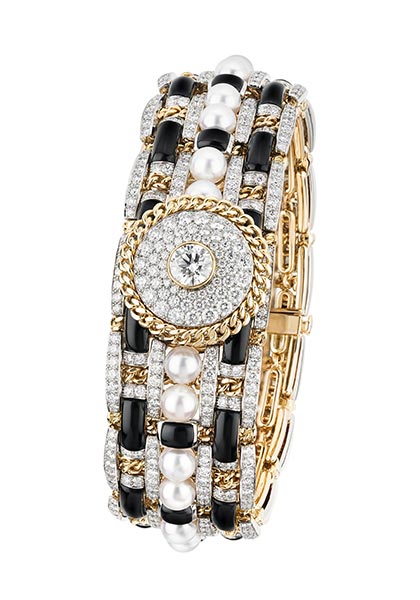
The Parisian brand also launched the Tweed collection that same year, drawing inspiration from its iconic fabric and its apparel in a bid to further consolidate both its fashion and its watches. Brimming with potential 20 years ago, the universe of women’s watches has become ever-richer over time as this side of the industry has expanded in terms of creative design and complexity – both of which are becoming just as diversified as its clientele.
*On the occasion of GMT Magazine and WorldTempus' 20th anniversary, we have embarked on the ambitious project of summarising the last 20 years in watchmaking in The Millennium Watch Book, a big, beautifully laid out coffee table book. This article is an extract. The Millennium Watch Book is available on www.the-watch-book.com, in French and English, with a 10% discount if you use the following code: WT2021.



